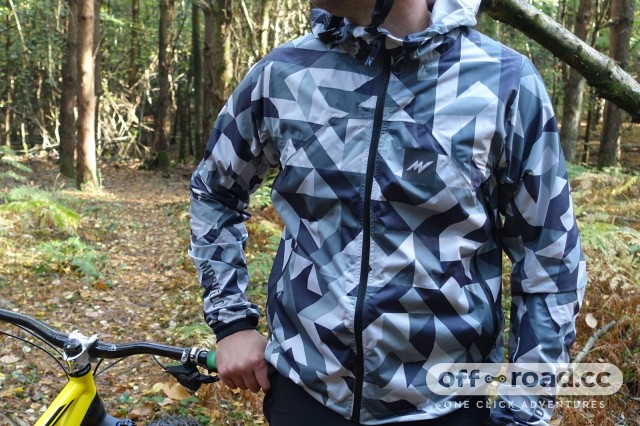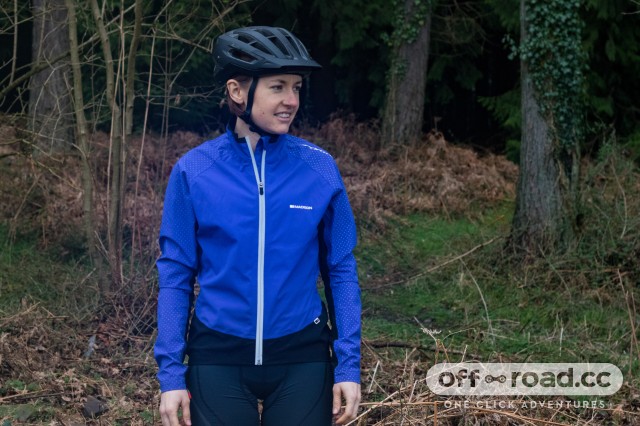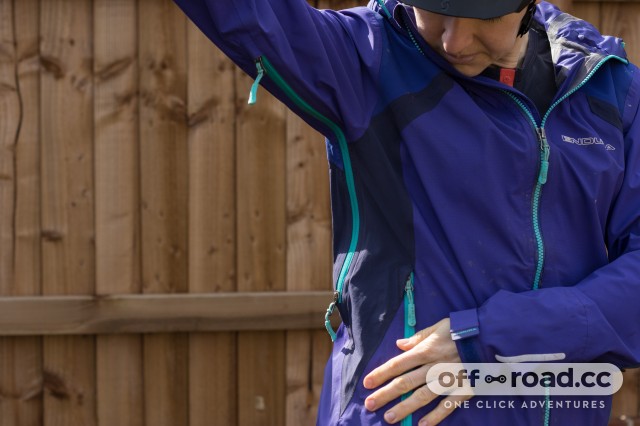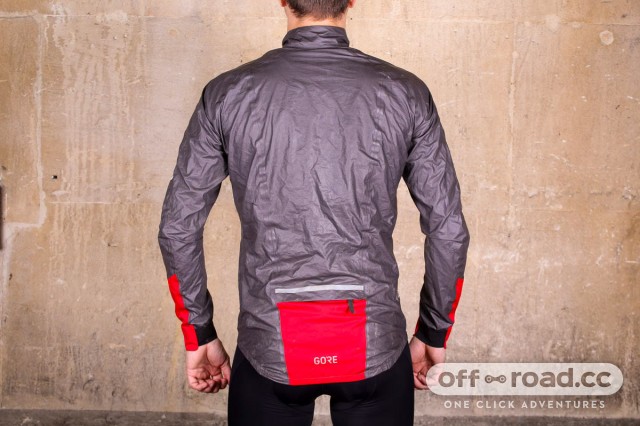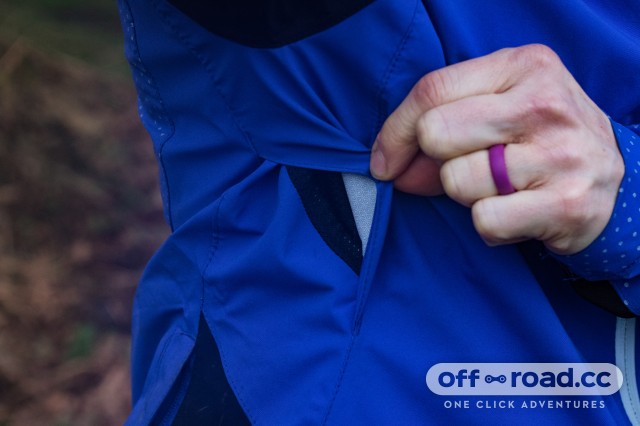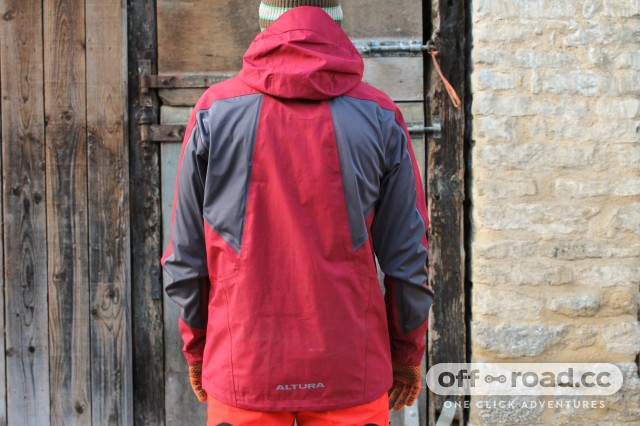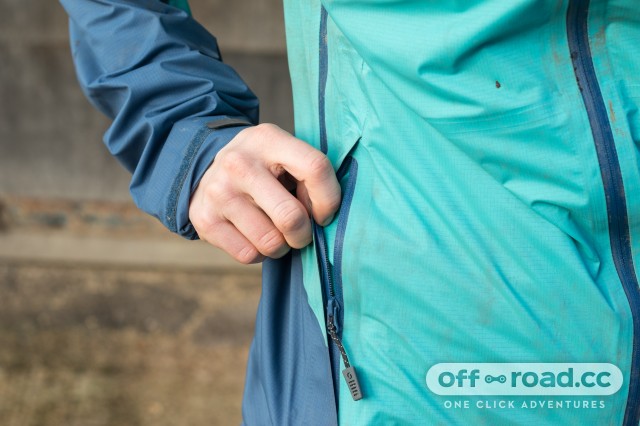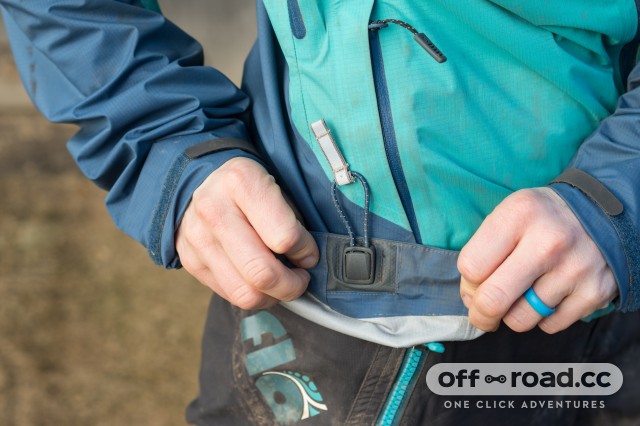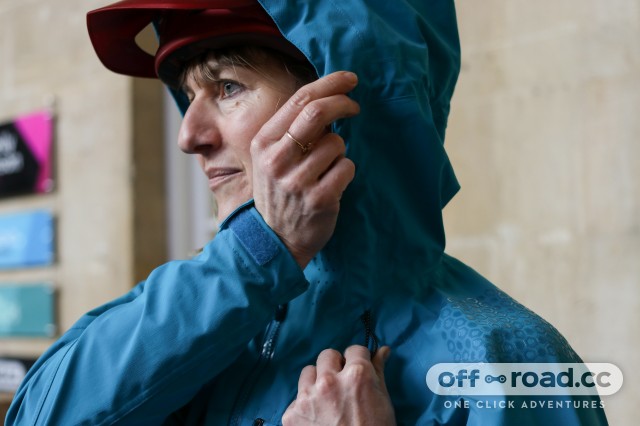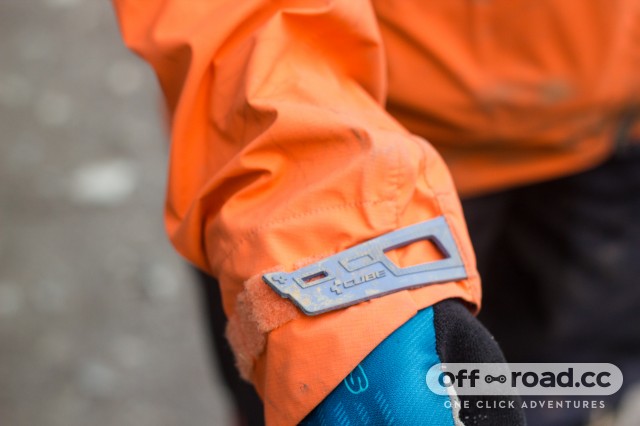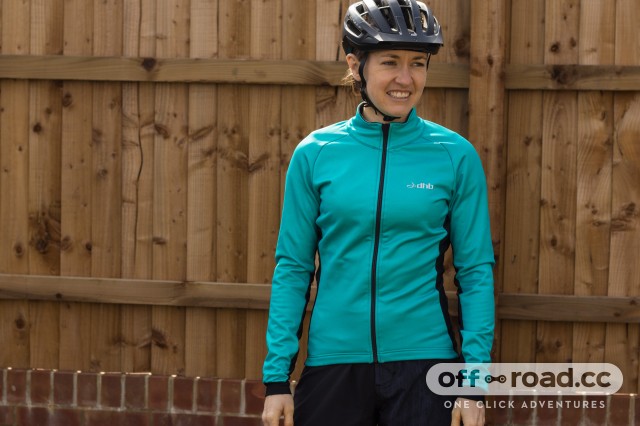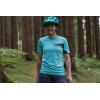Buyer's guide to waterproof mountain bike and gravel jackets
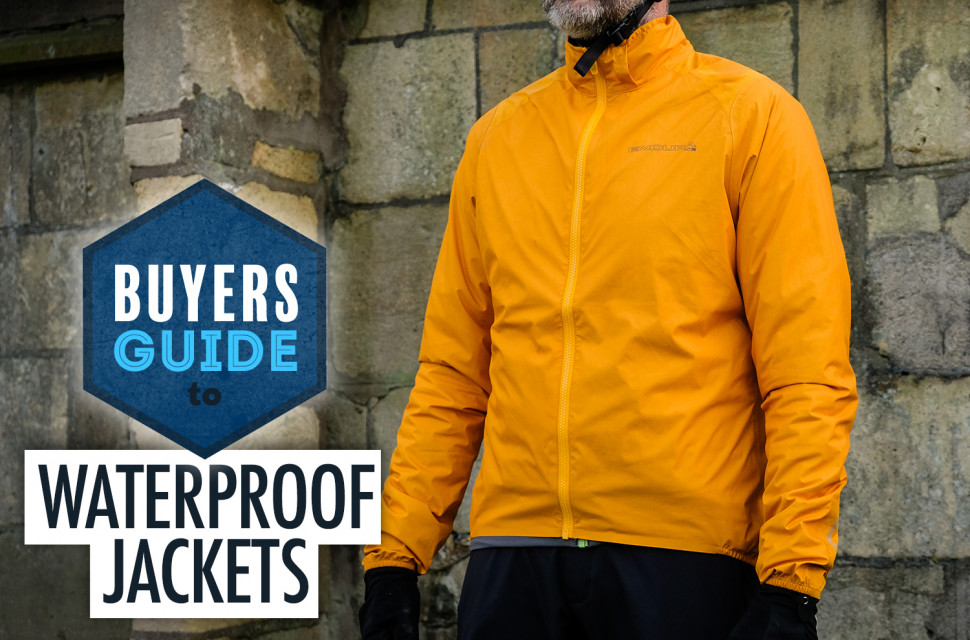
Keep dry and warm as we give you a run down of the features of a good waterproof coat, what to look out for and what to avoid whether you are gravel riding, setting out on all day mountain bike missions or a trying dry whilst doing multiple downhill runs.
- Buyer's Guide to Waterproof Shorts
- The Best Waterproof Mountain Bike Shorts
- The Best Waterproof MTB and gravel jackets
(Updated 9th March 2020)
A good cycling waterproof jacket is designed to keep your top half protected from the elements whilst also letting out the moisture that inevitably builds up. It also needs to be relatively hard wearing, easy to move about it and covering you well too when riding. The choice of waterproof jackets available to mountain bikers is widening, the coats on offer are getting more stylish, more comfortable and crucially better performing.
There are a multitude of different flavours too from thin, packable numbers to hardy thick shells to withstand the worst mud and the best crashes. With this comes a wide range of price options too, generally you do get what you pay, pricier jackets tend to have better waterproofing and breathability ratings and therefore are superior performers, but there are exceptions to the rule too!
What is best for me?
Some if not most of your winter riding will be in damp and cold conditions so a waterproof jacket of some kind is going to be necessary. Whether you need something light to tuck in your pocket in case of showers, or you need a heavy-duty coat capable of fending off the worst of the weather is up to you. If your normal rides are within the 1-2 hour range and you are never too far from the car park then something lighter and more packable will be right up your street, like the Madison Sportive or the Gore Shakedry. If you are usually out for over 2 hours and a fair old distance from civilisation then you’d be better off spending money on something with a higher waterproof and breathability rating (see below), one that has all the bells and whistle’s too – waterproof zips, a big hood and good coverage at the rear. Chances are if you are out for a longer time, you’ll have a larger pack to stuff the coat in if the weather changes.
- Madison Roam waterproof jacket review
- Cube AM WS Storm jacket review
- Dakine Arsenal 3L women's jacket review
- 7Mesh Guardian Jacket Review
Waterproof, water resistant or DWR
Most waterproof jackets will use fully waterproof material and constructed of 2 or more layers. In a typical 3 layer jacket, the outer layer or face of the fabric gives the jacket its colour. The outer layer is usually a fully sealed layer and is the first line of defence against the rain. Next up is the middle layer, this is usually a membrane stuck between the backer or inside of the short and the outer layer. This membrane will be a highly sophisticated material that has many holes across the surface, these holes will be too small to let water in but will allow vapour to be released, the quality of this layer contributes to both the waterproofness and the breathability rating of the jacket. Lastly, the inner layer protects the membrane from damage.
Some jackets will be labelled water resistant, these are designed using material which can be DWR (durable water repellent) coated to fend off a light shower or light rain and trail spray. Some softshells or windhsells, for example, will have the outer layer treated with a DWR coating. This waterproofing repellent coating is applied to the outer fabric to prevent absorption of water, letting it just run off instead. These jackets will keep you protected to an extent but you are likely to still get soaked should the heavens open. On the flip side though they are sometimes more breathable so good for warmer rides or for use in changeable weather.
In a nutshell, a material labelled waterproof will be fully waterproof and will have a hydrostatic rating letting you know the weather conditions the garment is good for use in. A rating of 10,000mm is usually good in light rain and up to 20,000mm will keep you dry in heavy rain. Hydrostatic ratings are measured in a lab by placing a column filled with water over the taut fabric and measuring how many millimetres of water the fabric can withstand before it leaks through.
So what is DWR?
DWR stands for durable water repellent, it’s a chemical applied to the outer layer of a fabric so that water beads and rolls off, preventing the fabric from becoming saturated with water. It usually needs to be reapplied to the garment to maintain the performance of the kit, especially if you machine wash with a detergent or if it is exposed to lots of dirt and sweat – both imminently likely we reckon!
Taped seams are a must
A good waterproof jacket will have fully taped and sealed seams. Seams and material joins are taped using a strong nylon cloth with a rubber backing, to prevent water ingress where the stitching needle leaves a hole. Dealing with the seams in this way ensures water does not get through to the wearer and also increased the durability of the kit.
Breathability
It’s a good idea to buy a jacket with as high a breathability rating as you can afford, it will ensure that any sweat can escape at a good rate, in turn keeping you drier and more comfortable. It is a fine line though as a layer of warm air kept under the jacket can equate to warmth as long as your under layers don’t get saturated with sweat. If you are riding in particularly cold temperatures and the warm, moist air from your body escapes too quickly then it could leave you cold. A breathability rating in the region of 15,000g to 20,000g will be good for riders that often break into a sweat riding and are going harder for longer. Some jackets like the Endura MT500 have a massive breathability rating of 64,000mg! Most jackets will be already prepared with extra zips under the arms that can be left open to aid air circulation too, leaving it up to you to balance the rain/warmth situation.
- Review - Morvelo Winter Attack Exile Jacket
- Review - Madison DTE women's jacket
- Review - 7Mesh Inc Revelation jacket
Cut and fit
Jackets come in all different shapes and sizes, from the more fitted types for quick cross-country rides to longer varieties which extend quite far down the back covering your bum. There will also be options surrounding the packability of the jacket, with coats that can be bundled up into the bottom of your pack usually offering less coverage – they are an emergency only garment! The choice is up to you but in our experience, if we are just going to own one jacket we’d found we prefer to select a longer one with more, rather than fewer features i.e. a hood and pockets with waterproof zips.
We recommend you look for a garment that has a generous length to the rear to keep dirt and water from getting up underneath. There also should be plenty of room to move around in the jacket and get extra layers on if you need to. A good jacket will offer good freedom of movement via well located panels but won't be too bulky so it doesn’t restrict any of your funky dance moves on the bike!
- Madison DTE Women's Waterproof Jacket Review
- Madison Sportive Hi-Viz Women's Waterproof Jacket Review
- Endura Women’s MT500 Waterproof Jacket II
- dhb Classic Women’s Windproof Softshell Jacket
- 7Mesh Inc Revelation Jacket
Fixtures and fastenings
Most waterproof jackets will have waterproof zips to stop water ingress, they’ll often have an inner storm flap too as an extra failsafe in this exposed area. You can also expect waterproof zips on the pocket or at least be tucked away and well covered so water can’t run in. Some waterproof coats have mesh backed pockets, which if positioned lower on the coat, will leave them vulnerable to splashes – best to check first before lodging your phone there.
Many jackets will have a plethora of drawstrings in order to winch in various parts of the jacket. We like to see these at the lower hem and in the hood to give maximum adjustability. Being able to winch in the bottom of the jacket helps to keep drafts out and can also refine the fit to suit you.
Hoods come in all shapes and sizes, they can be removable, they can roll up, stay out or simply not be included at all. It’s personal preference whether you want a hood or not but there are a few things to look at when buying a waterproof with one. If the hood is not removable and doesn’t stow away then check to make sure it has an adequate adjustment system so you can winch it down when you are riding, like this Madison DTE jacket. We like to see an elastic cord winch around the rear from side to side and over the peak from collar to collar. It might feel fine when pedalling slowly but if you can’t use these winches to keep the hood from flapping around when you go downhill it won’t take long to annoy you. If the hood does roll up, try it in both the rolled up and the unrolled positions to make sure you are happy with the arrangement, some can make the collar super stiff and uncomfortable.
Sleeves
Most mountain bike jacket manufactures have got sleeve length all figured out now, we’re happy to say. Still, there are some anomalies so it’s best to check that the sleeves are going to be long enough when stretched out and reaching for the handlebars to prevent any soggy arms. It’s also worth taking a look and making sure the cuff of the garment is nice and wide so you can fit both winter and summer gloves on underneath. The Cube AM Women's Storm Jacket did this really well.
Softshells and windproofs
Lastly, we thought we’d better give softshell jackets and windproofs a mention. Softshell coats are thicker jackets that won’t necessarily be waterproof but sometimes have a DWR coating in order to deal with showers and trail spray, they are great for cold, crisp days. A windproof layer is usually a thin piece that will keep the wind out, either fully or partially, they can be DWR coated too. These will fold up quite small and are good to keep in your pack all the time in case of emergency or if you are stuck on a hillside watching a mate fix a puncture. We’ll delve into the worlds of softshells and windproofs soon with their very own buyer’s guide….
